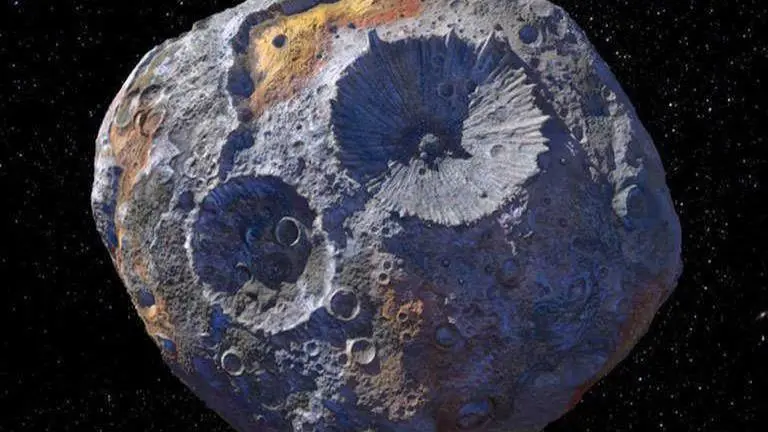Updated 31 October 2020 at 06:23 IST
NASA scientists use Hubble Telescope to study rare metal asteroid with planetary origins
NASA’s Hubble Space Telescope was used to study a 'unique' metal asteroid named 16 Psyche, discovered in 1852, which could have been a protoplanet.
- Science News
- 3 min read

NASA’s Hubble Space Telescope was used to study a rare metal asteroid, discovered in 1852, which could have been a protoplanet. According to scientists, the ‘unique’ asteroid named 16 Psyche is made of iron and nickel and has been lurking between Mars and Jupiter.
As per a study published in The Planetary Science Journal, 16 Psyche is dense and mostly made of metal, possibly the leftover core of a planet that never succeeded in forming a so-called "protoplanet" which had its core exposed following hit-and-run collisions that removed the body of its mantle.
Dr Tracy Becker, a scientist from the Southwest Research Institute, said in a statement, "We've seen meteorites that are mostly metal, but Psyche could be unique in that it might be an asteroid that is totally made of iron and nickel." She added, "Earth has a metal core, a mantle and crust. It's possible that as a Psyche protoplanet was forming, it was struck by another object in our solar system and lost its mantle and crust."
The asteroid is one of the most massive objects in the solar system’s main asteroid belt orbiting between Mars and Jupiter. As per the study, Psyche 16 measures about 140 miles in diameter. The recent findings suggest that Psyche 16’s entire surface could consist of iron; however, scientists warn that small amounts of metal could be dominating these observations.
Advertisement
NASA’s mission Psyche to launch in 2022
The scientists studied the asteroid at two points in its rotation to view the details of both sides completely at UV wavelengths. Becker said that the team was able to identify -- for the first time on any asteroid -- what they think are iron oxide ultraviolet absorption bands. She added that the observation is an indication that oxidation is happening on the asteroid, which could be a result of the solar wind hitting the surface.
Advertisement
Researchers noted that that the asteroid became more and more reflective at deeper UV wavelengths, which could give some indication of its age. Becker said that this could be indicative of it being exposed in space for so long. She added that this type of UV brightening is often attributed to space weathering.
According to the study, Psyche 16 is estimated to be worth $10,000 quadrillion, which is around 10,000 times more than the global economy. The asteroid’s value is attributed to its composition as most space debris’ are either rocky or ice, with little metal. Moreover, NASA has plans to send a spacecraft to orbit the asteroid to understand the origin of planetary cores. The mission, named Psyche, will launch in 2022 with the spacecraft reaching the unique asteroid in 2026.
(Image Credits: SwRI/Website)
Published By : Bhavya Sukheja
Published On: 31 October 2020 at 06:23 IST
